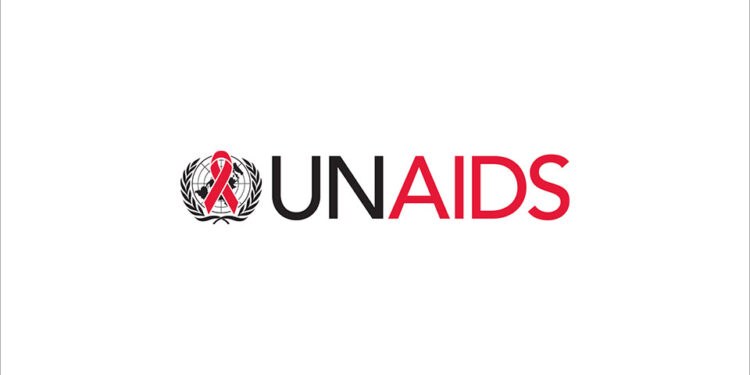Condom distribution in Nigeria has fallen by more than half over the past year, according to new data from the Joint United Nations Programme on HIV/AIDS (UNAIDS), which warns that the global fight against HIV is facing its most severe setback in decades.
The figure, released Tuesday in UNAIDS’ 2025 World AIDS Day report, Overcoming Disruption, Transforming the AIDS Response, shows what the agency describes as widespread disruptions to prevention, testing and community-based programmes across dozens of countries.
UNAIDS says the decline in condom access represents just one part of a broader collapse in essential services, driven by funding cuts and deteriorating conditions for civil society groups.
What UNAIDS said
“The funding crisis has exposed the fragility of the progress we fought so hard to achieve,” Winnie Byanyima, Executive Director of UNAIDS, said in Geneva on Tuesday.
“Behind every data point in this report are people,” Byanyima said.
“Babies missed for HIV screening, young women cut off from prevention support, and communities suddenly left without services and care. We cannot abandon them,” she added.
What statistics reports show
Across 13 countries surveyed, the number of people newly initiated on HIV treatment has fallen, the report states. In sub-Saharan Africa, where women and girls are disproportionately affected, roughly 450,000 expectant or new mothers lost access to “mother mentors,” the trusted community health workers who link families to testing and care.
- Even before the latest disruptions, adolescent girls and young women were at high risk. UNAIDS estimates that 570 new HIV infections occur each day among young women aged 15 to 24 in the region.
- The dismantling of prevention programmes, the agency warns, leaves them even more vulnerable.
Community-led organisations, long viewed as the backbone of HIV prevention and outreach, appear to be among the hardest hit.
- More than 60% of women-led groups report having to suspend essential services because of shrinking budgets or operational restrictions.
- Such gaps, UNAIDS modelling suggests, could have long-term consequences: failure to restore prevention efforts may lead to an additional 3.3 million new HIV infections between 2025 and 2030.
What you should know
International assistance has also thinned. Projections by the Organisation for Economic Co-operation and Development indicate that external health funding for low- and middle-income countries could decline by 30% to 40% in 2025 compared with 2023.
For nations like Nigeria, where donor support is critical to sustaining prevention infrastructure, the impact has been “immediate and severe,” the report notes.
Earlier reports show that UNAIDS issued a stark warning in its 2025 Global AIDS Update. According to the agency, funding cuts to the global HIV response could trigger six million new infections and four million AIDS-related deaths by 2029 if urgent action is not taken.
The report attributes much of the disruption to the abrupt withdrawal of support by the world’s largest HIV donor earlier this year, which has destabilised treatment and prevention programmes across dozens of low- and middle-income countries.
UNAIDS is urging world leaders to reaffirm political and financial commitments to ending AIDS, citing pledges made during the recent G20 summit in South Africa. The agency is also calling for increased investment in innovations, including affordable long-acting prevention methods, and renewed protection of human rights and community-led initiatives which it argues remain central to any effective HIV response.

















